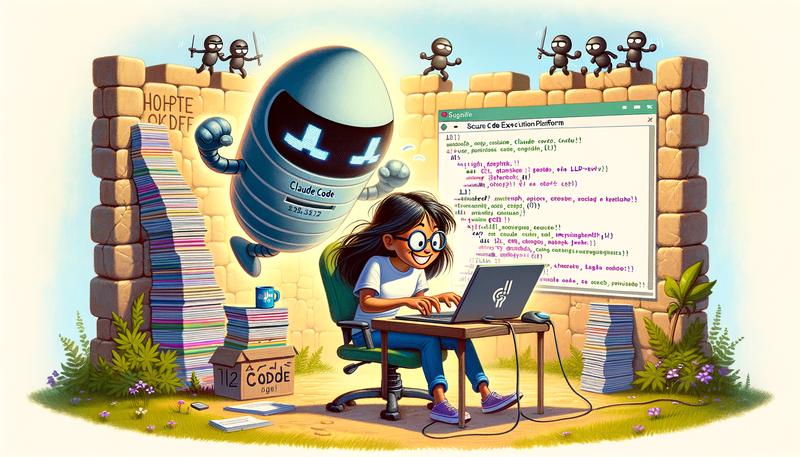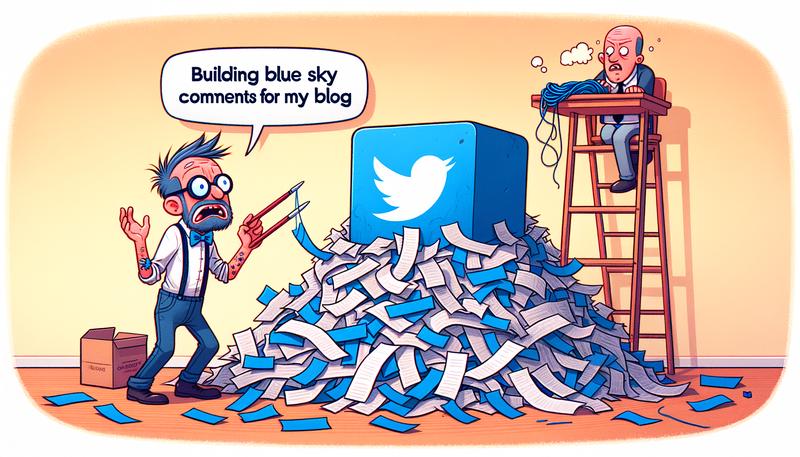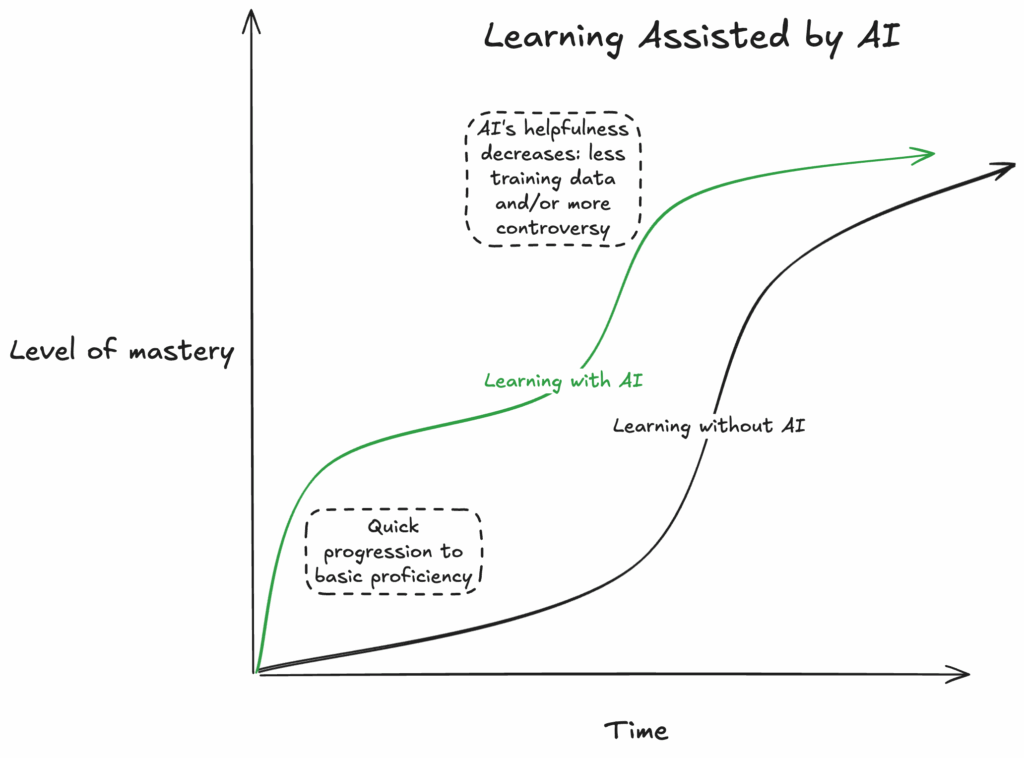If you’ve been following the headlines, you might think AI is poised to hollow out the news business — stealing traffic, scraping archives, and churning out synthetic stories that compete with the real thing. And yet, four of America’s largest news organizations — Thomson Reuters, News Corp, People Inc (formerly Dotdash Meredith), and The New York Times — just turned in a combined \$5 billion in quarterly revenue and nearly \$1.2 billion in profit.
I first came across this coverage in the BoSacks newsletter, which linked to Press Gazette’s original report. The piece details how these companies aren’t just surviving in the AI era; they’re quietly reshaping their models to make it work for them. From AI-powered professional tools to content licensing deals with OpenAI, Amazon, and Meta, they’re finding ways to monetize their content and expand audience engagement — even as Google’s AI-driven search starts serving answers instead of links.
For smaller, niche publishers, the temptation is to shrug this off. “Sure, it’s easy when you have a billion-dollar brand and a legal department the size of my entire staff.” But there’s a lot here that is portable — if you focus on the right pieces.
Lesson 1: Own Your Audience Before AI Owns Your Traffic
One of the clearest takeaways from the big four is how much they’re investing in direct audience relationships. The New York Times hit 11.88 million subscribers, People Inc launched a dedicated app, and even News Corp’s Dow Jones division keeps climbing on digital subscriptions.
For small publishers, this means stop over-relying on algorithmic referrals. If you’re still counting on Facebook, Google, or Apple News as your main discovery channels, you’re building on borrowed land.
Action:
- Launch a low-friction email newsletter that delivers high-value, niche-specific updates.
- Incentivize sign-ups with premium extras — e-books, data sheets, or early access content.
- Build community spaces (Discord, Slack, or forums) where your most engaged readers gather off-platform.
Lesson 2: Package Your Expertise as a Product, Not Just a Publication
Thomson Reuters isn’t just “doing news.” They’re integrating AI into products like CoCounsel, which bakes their proprietary legal and tax content into Microsoft 365 workflows. It’s sticky, high-margin, and hard for competitors to replicate.
Smaller publishers may not have the dev team to roll out enterprise-level AI tools, but the underlying idea applies: turn your content into something your audience uses, not just reads.
Action:
- Convert your most-requested guides or reports into downloadable templates, toolkits, or training modules.
- Create a searchable knowledge base for subscribers, updated with new insights monthly.
- Partner with a lightweight AI platform to offer custom alerts or summaries in your niche.
Turn insights into income.
Don’t just read about what’s possible — start building it now. I’ve put together a free, printable 90-Day Growth Plan for Small Publishers with simple, actionable steps you can follow today to grow your audience and revenue.
Lesson 3: Monetize Your Archives and Protect Your IP
Both the NYT and News Corp are in legal battles over AI scraping, but they’re also cutting deals to license their content. The message is clear: your back catalog is an asset — treat it like one.
For small publishers, this could mean licensing niche datasets, syndicating evergreen content to allied outlets, or even creating curated “best of” packages for corporate training or education markets.
Action:
- Audit your archive for evergreen, high-demand topics.
- Explore licensing or syndication deals with industry associations, trade schools, or niche platforms.
- Add clear terms of use and copyright notices to protect your content from unauthorized scraping.
Lesson 4: Diversify Revenue Beyond Ads
People Inc is replacing declining print dollars with more profitable digital and e-commerce revenue. The Times is making real money from games, cooking, and even video spin-offs of podcasts.
Smaller publishers don’t need a NYT-sized portfolio to diversify. You just need a second or third income stream that aligns with your audience’s interests.
Action:
- Launch a paid resource library with niche-specific data, tools, or premium reports.
- Run virtual events, webinars, or training sessions for a fee.
- Sell targeted sponsorships or native content in newsletters instead of relying solely on display ads.
The Bottom Line
AI disruption is real — and it’s already changing how readers find and consume news. But the big players are showing that with strong brands, direct audience relationships, and smart product diversification, you can turn the threat into an advantage.
For smaller publishers, the scale is different but the playbook is the same:
- Control your audience pipeline.
- Turn your expertise into products.
- Protect and monetize your archives.
- Don’t bet your survival on one revenue stream.
It’s not about matching the NYT’s resources; it’s about matching their mindset. In the AI era, the publishers who think like product companies — and treat their audience like customers instead of traffic — will be the ones still standing when the algorithms shift again.
Memorable takeaway: In the AI age, resilience isn’t about the size of your newsroom — it’s about the strength of your audience ties and the creativity of your monetization.
Ready to grow? Grab the free, printable 90-Day Growth Plan for Small Publishers and start building your audience and revenue today.





